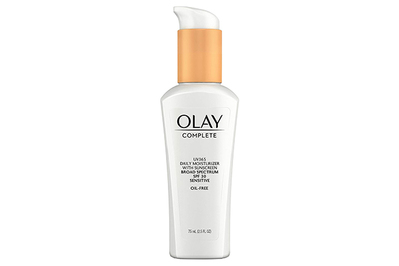Lots of People Apply Sunscreen Wrong. Here’s How to Do It Right.

It takes about 1 liquid ounce of sunscreen to properly cover most swimsuit-clad adult bodies. If you have no idea what that amount looks like, it’s roughly 2 tablespoons, or the amount that would fit into the cupped palm of a medium-size adult hand.
That amount can also include the sunscreen you apply to your face. As far as sun protection is concerned, “regular” sunscreens and face sunscreens are the same. (If you do apply face sunscreen separately, we note in our guide to the best face sunscreens that a quarter-size amount of liquid sunscreen is sufficient for the face, neck, and ears.)
Top pick
Stick and spray sunscreens seem to present a pleasant alternative to slathering lotion all over your body and face by hand. But here’s the rub: You still need to rub them in.
Stick sunscreens aren’t as easily measurable as lotions, and their format makes them less practical for full-body application. If you do use one, however, the American Academy of Dermatology recommends that you apply “four passes back and forth” over every part of your body, and then rub it all in by hand.
With spray sunscreens, it may be even trickier to gauge just how much you’ve applied. If you do use a spray sunscreen, there are a few application strategies that should help you get better coverage.
The AAD suggests positioning the container’s nozzle close to the skin and spraying until the skin glistens. Immediately after spraying, rub in the sunscreen vigorously, even if the directions say there’s no need to rub it in. To avoid inhaling particles, which could pose a health risk, it’s also important to apply the product in a well-ventilated area. And never spray directly onto your face; instead, spray the sunscreen onto your hands, and then rub it in.
No matter which kind of sunscreen you use, make sure you really apply it all over. Researchers have reported that the ears and the tops of the feet typically receive the worst sunscreen protection, so don’t forget them. The team’s findings also suggest that, whenever possible, it’s better to have someone else apply sunscreen to your back than to try to do it yourself.








